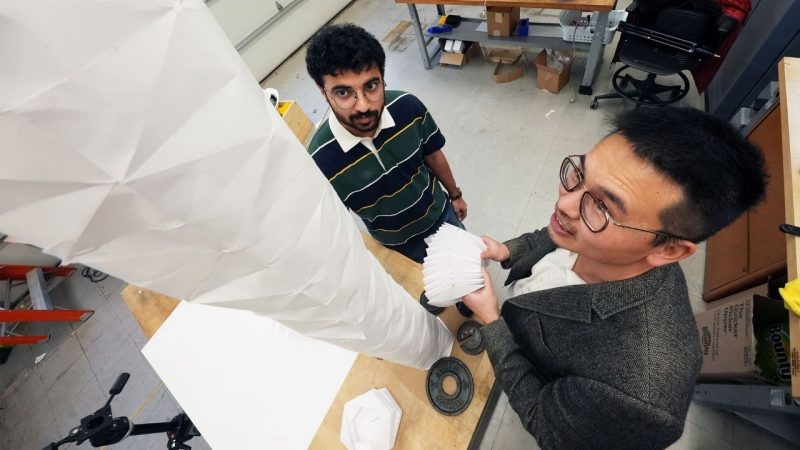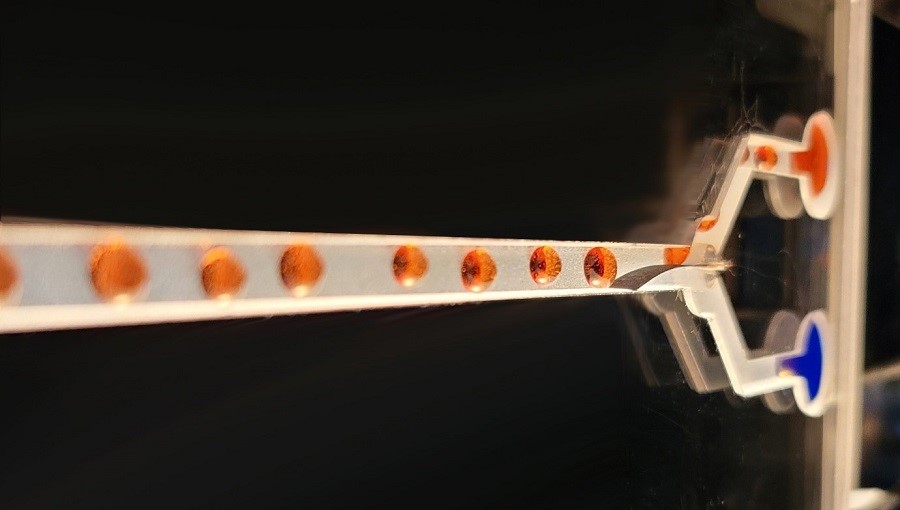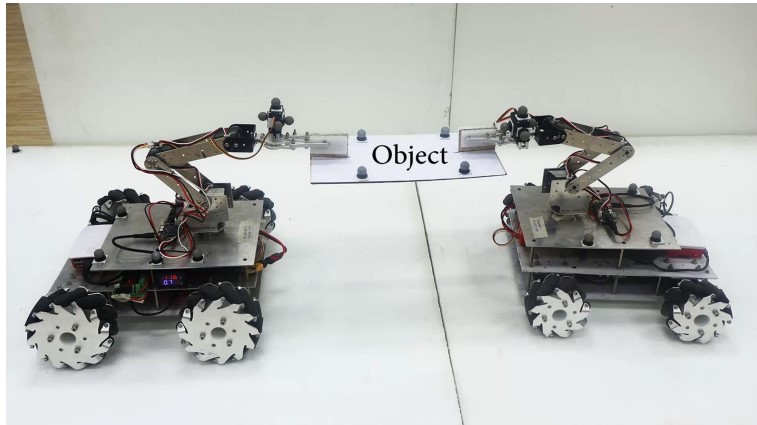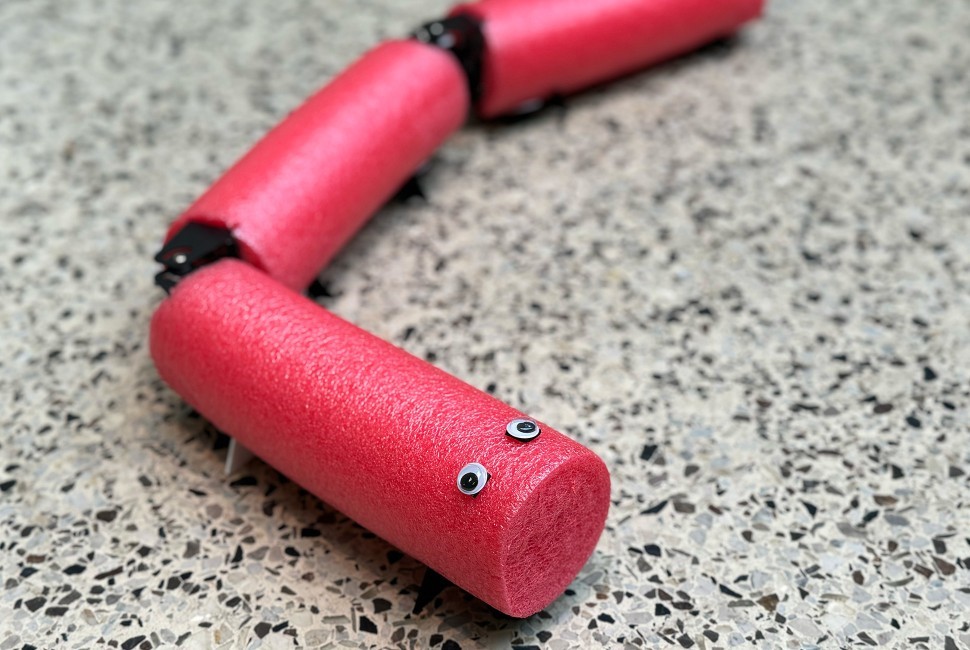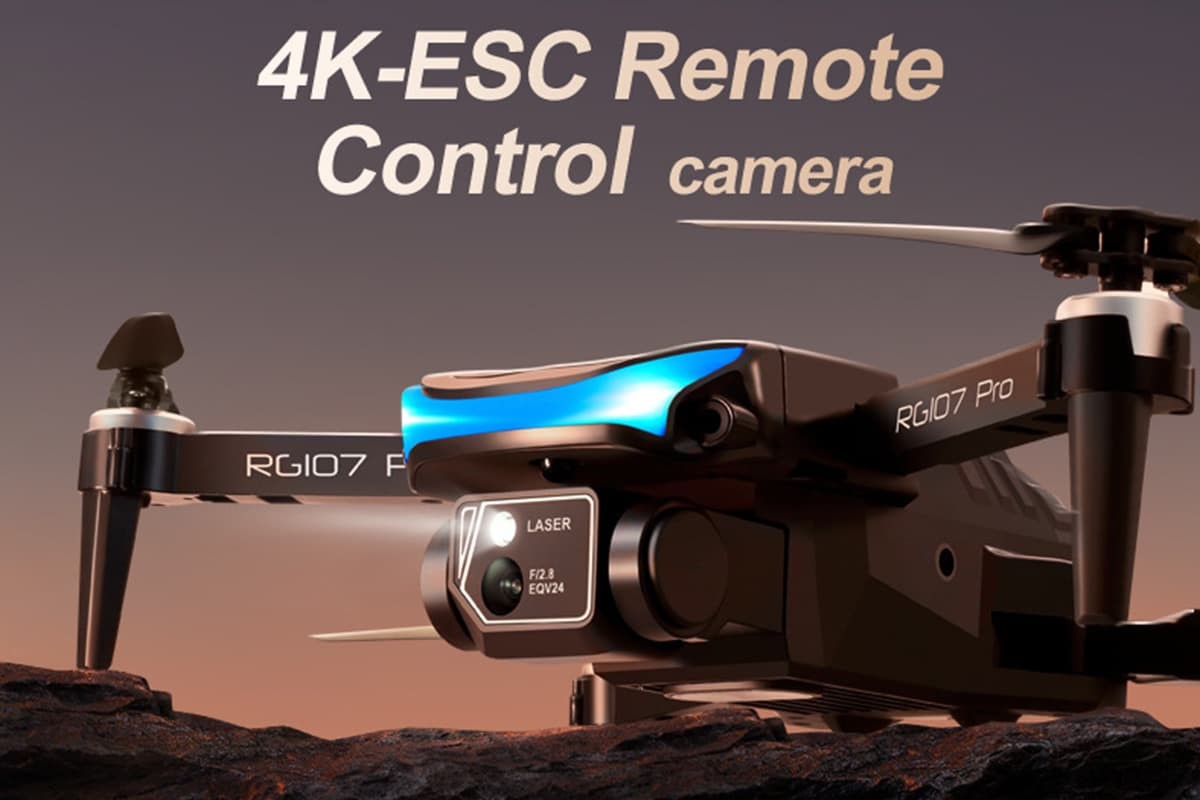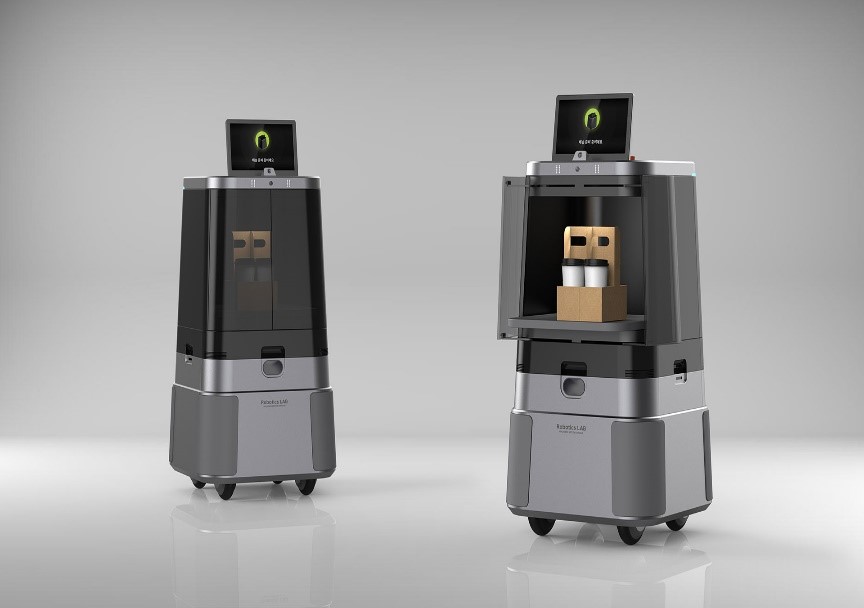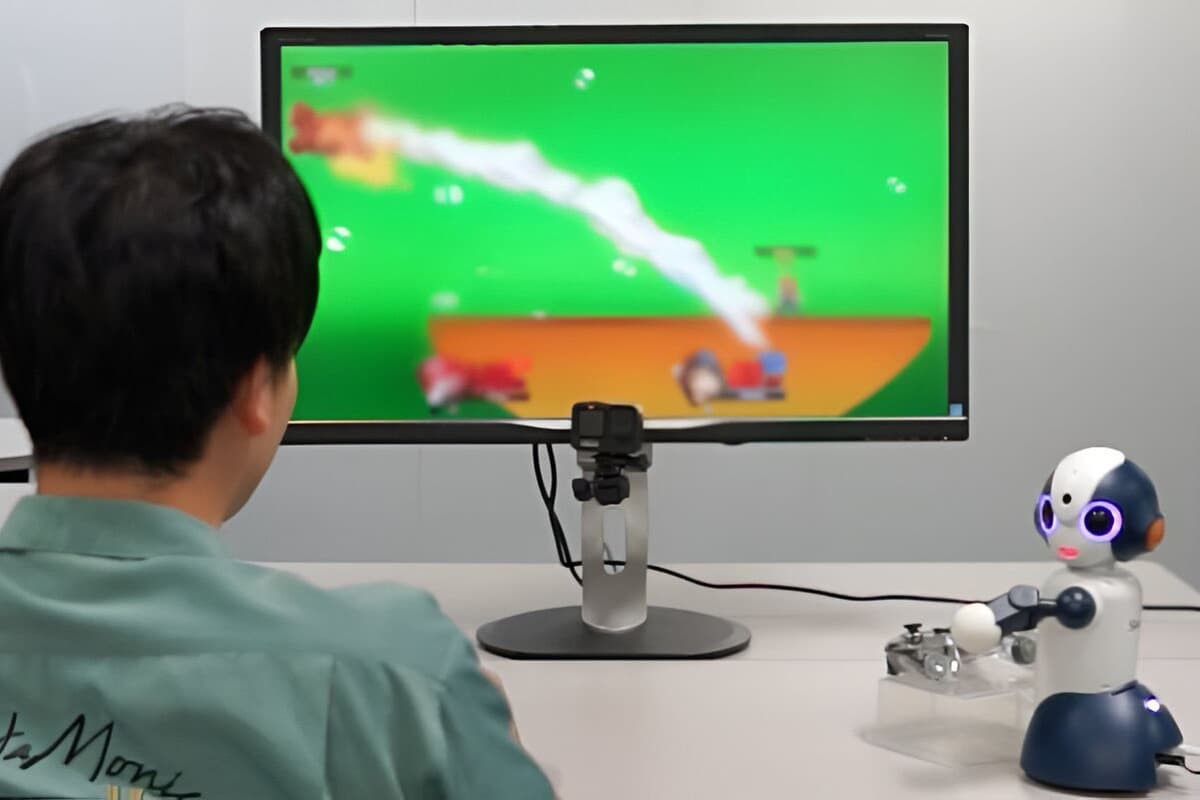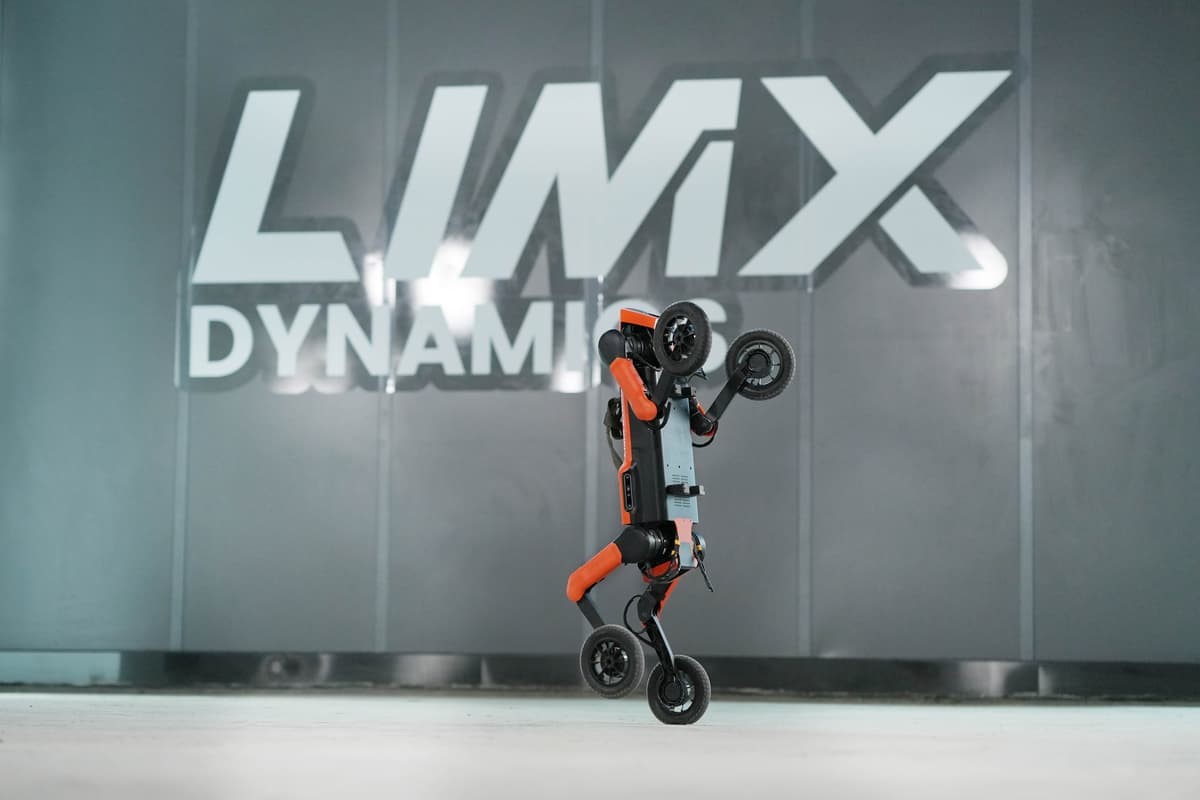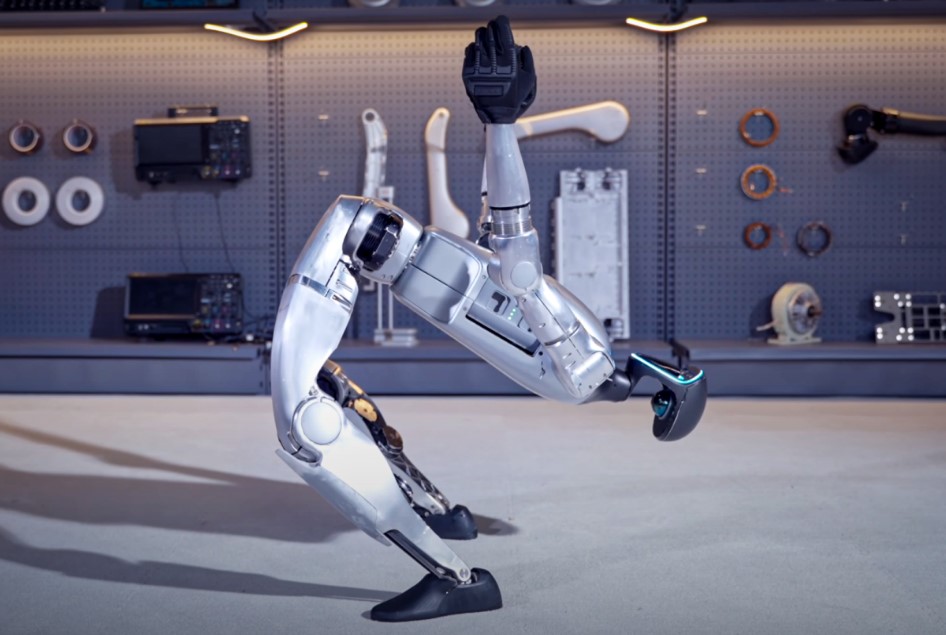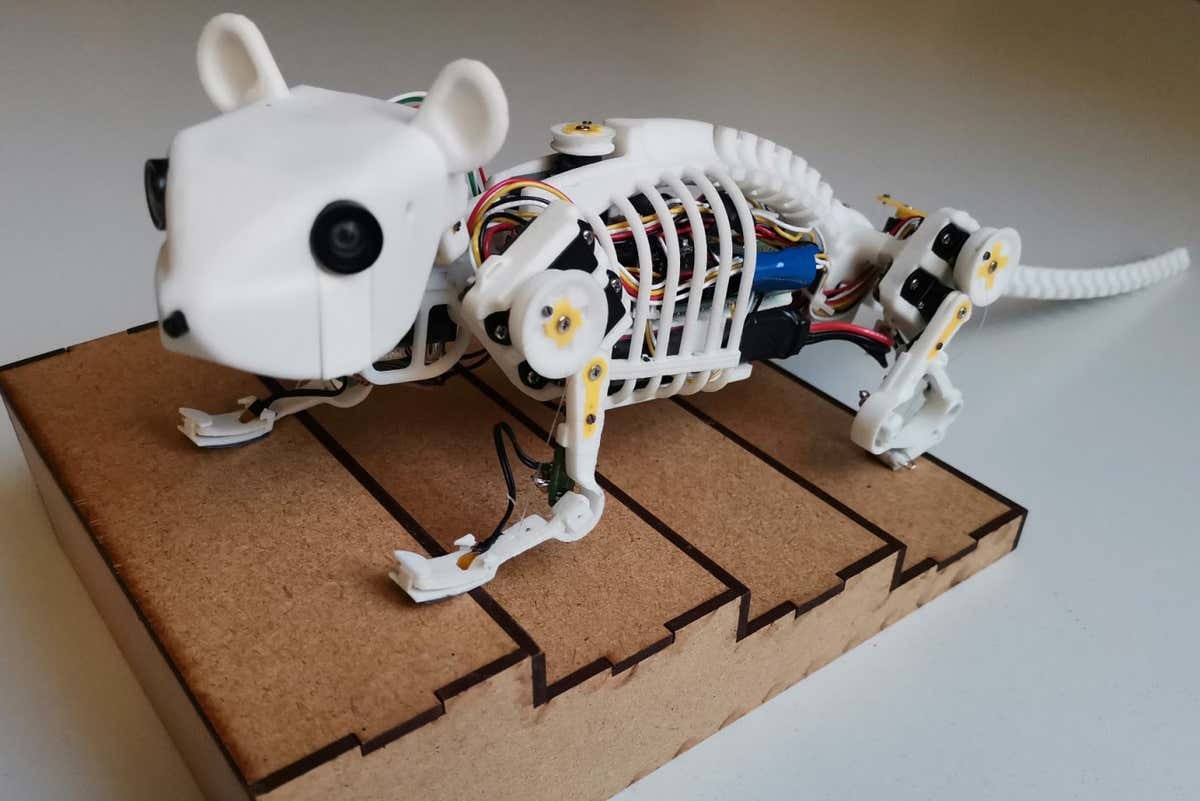Autonomous Flight Within a Collective Swarm
Festo's Bionic Learning Network has consistently dazzled us with their innovative nature-inspired flying robots, but the autonomous Bionic Bee stands out not only as the smallest creation to date but also as the first capable of swarming. Every year around this time, Festo showcases its latest automation advancements and innovations at the Hannover Messe, the premier industrial technology trade show. Occasionally, they also unveil some playful new robots inspired by nature.[1]

Figure 1. Festo's most recent bio-inspired robot showcases autonomous flight and computer-controlled swarming capabilities.
Figure 1 shows. Festo's most recent bio-inspired robot showcases autonomous flight and computer-controlled swarming capabilities. Previously, we've marvelled at magnificent flying penguins, a hopping kangaroo, gigantic dragonflies, an ultralight herring gull, a flying fox, a pipe-inspecting cuttlefish, cooperative worker ants, and charming butterflies gracefully fluttering without collisions. And now, we witness a swarm of robotic bees. Though the Bionic Bee is Festo's tiniest flying robot yet, having several of them buzzing around you at a picnic might not be ideal, considering each one measures 220 mm (8.6 in) in length, boasts a wingspan of 240 mm (9.5 in), and weighs 34 g (1.2 oz) – albeit lacking a sting.
Unless your picnic is indoors at Festo's labs, you're probably safe, as these bees receive signals from ultra-wideband anchors installed across two levels of a room, enabling them to navigate within that space as they fly. For coordinated swarming, a central computer dictates their flight path to ensure collision-free formation flight. The Bionic Bees were crafted using generative design, where a software application was tasked with devising the most efficient lightweight structure using minimal materials while aiming for optimal stability. Each bot houses a brushless motor, three servos, a battery, a gear unit, communication technology, and control components within its compact frame. Their wings beat between 15 and 20 hertz, oscillating over 180 degrees to generate lift and control direction.[2]
Festo emphasizes that every bot is meticulously assembled by hand, acknowledging that even slight variations in construction can impact performance. To address this, they've incorporated an auto-calibration feature that detects any subtle hardware irregularities during a brief test flight. An algorithm then makes necessary adjustments to ensure consistent flight characteristics, facilitating stable swarming behaviour. Festo unveiled the swarm flight of the Bionic Bees at the 2024 Hannover Messe last week.
Reference:
- https://aitechunivers.com/robotic-bee-swarms-fly-collision-free-in-shut-formation/
- https://newatlas.com/robotics/festo-bionicbee/
Cite this article:
Gokila G (2024), Autonomous flight within a collective swarm, AnaTechMaz, pp.23


